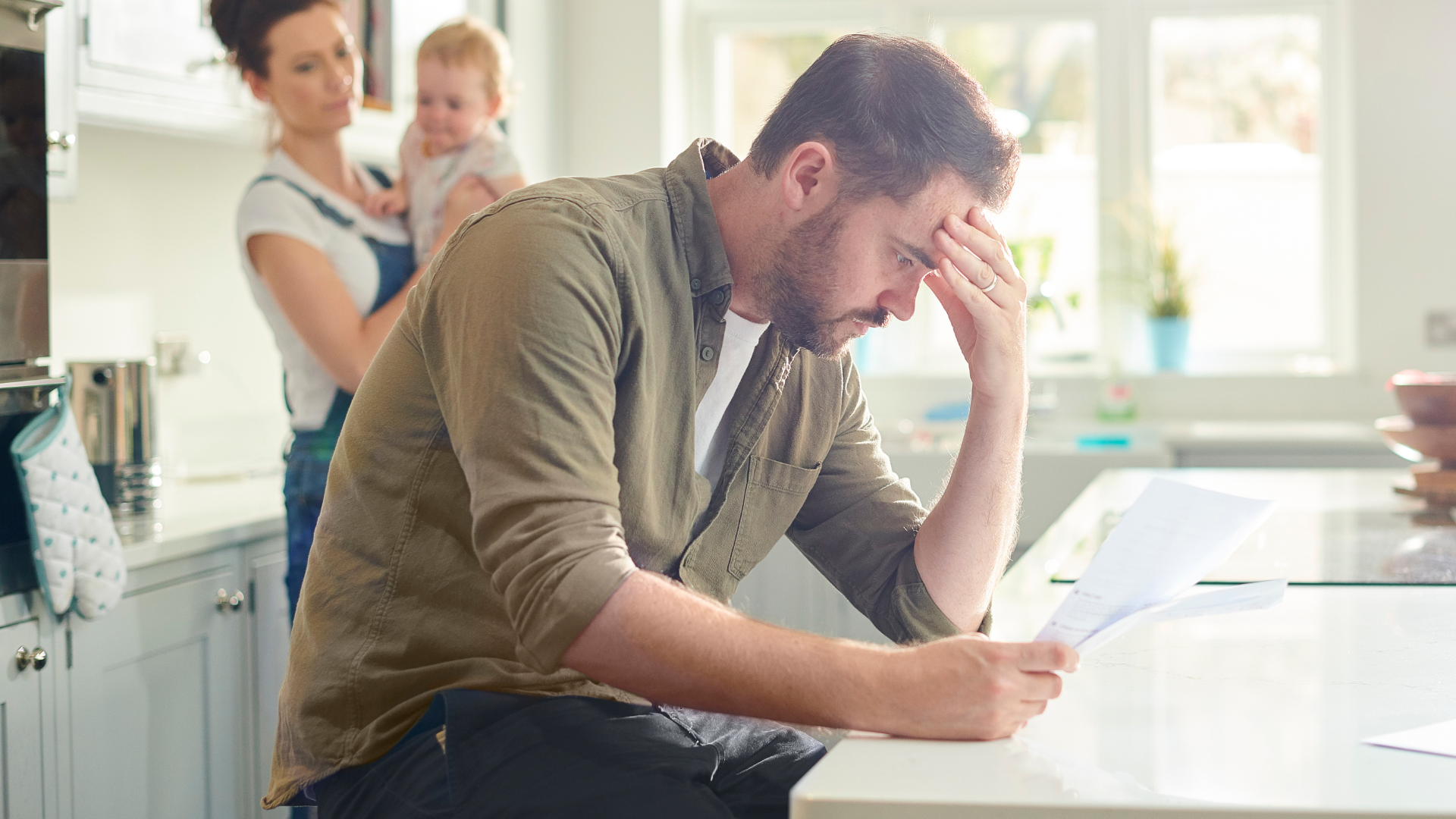Ageing Gracefully: How to Maintain Good Health in Your Golden Years
It’s natural to worry about our health and well-being as we get older. But rather than fearing the golden years, let’s embrace them! With a little bit of effort and some smart choices, we can all enjoy vibrant, healthy lives for many years to come. In this blog post, we’ll explore some simple yet effective tips for ageing gracefully – from eating well and staying active to managing stress and getting enough sleep. Whether you’re approaching retirement or already in your golden years, these strategies will help you feel great both inside and out!
Understanding The Ageing Process
As we age, our bodies go through changes that can sometimes be difficult to adjust to. It’s important to remember that these changes are a natural part of life, and there are ways we can help our bodies stay healthy. One of the most important things we can do for our health with age is to stay active. Exercise helps keep our muscles strong and our bones healthy. It can also help improve balance and coordination, which can help prevent falls. Furthermore, prioritizing hormonal health becomes crucial in the aging process. Seeking guidance from specialized clinics, such as the TRT Clinic Mission Valley (or elsewhere) can provide valuable insights and support for maintaining overall well-being.
When getting older, it’s also important to pay attention to our diet. Eating a healthy diet rich in fruits, vegetables, and whole grains can help reduce the risk of chronic diseases such as heart disease, stroke, and diabetes. Of course, maintaining good health in our golden years isn’t just about physical health. Our mental and emotional health is just as important. Staying socially connected and engaged in activities we enjoy can help keep our minds sharp and improve our moods.
Additionally, it’s important to get regular health checkups as we age. Health problems tend to increase with age, so being wary about our bodies and health is the first step to ensuring we age in a healthy manner. Visiting hospitals for regular health checkups and screenings is an essential part of this process. Additionally, in case of any kind of medical diagnosis, it’s a good idea to support it with diagnostic medical imaging in New Jersey (or elsewhere) to come up with an effective treatment plan. In this manner, being proactive about our health and wellness can help curb medical issues.
By taking care of our bodies and minds, we can age gracefully and maintain good health into our golden years.
Dietary Considerations For Ageing Gracefully
Our bodies go through changes that can impact our overall health. It’s important to be aware of these changes and make adjustments to our diet and lifestyle accordingly. Here are some dietary considerations for ageing gracefully:
- Get enough protein: Protein is essential for maintaining muscle mass, which can decline as we age. aim for at least 0.8 grams of protein per kilogram of body weight (or about 54 grams per day for a 150-pound person). Good sources of protein include lean meats, poultry, fish, beans, tofu, nuts, and seeds.
- Fill up on fibre: Fiber helps keep us regular and can also reduce the risk of heart disease and other chronic conditions. Aim for at least 25 grams of fibre per day from sources like vegetables, fruits, whole grains, legumes, and nuts.
- Limit saturated fat: Saturated fat can raise cholesterol levels and increase the risk of heart disease. Limit saturated fat to no more than 10% of your daily calories and replace it with unsaturated fats like olive oil or avocados.
- Cut back on salt: Too much salt can lead to high blood pressure, which puts strain on the heart and arteries. Limit your sodium intake to 2,300 milligrams per day (about one teaspoon).
- Drink in moderation: Alcohol can be damaging to your health if consumed in excess. If you drink alcohol, do so in moderation.
Exercise And Fitness Tips For Maintaining Health In Your Golden Years
As time passes it becomes more important than ever to maintain a healthy lifestyle. Exercise and fitness are key components of staying healthy. Here are some tips on how to stay active and fit in your golden years:
- Get regular exercise. Exercise is crucial for maintaining health as we age. It helps to keep our bones and muscles strong, improve our balance and coordination, and reduce the risk of falls and other injuries. Aim for at least 30 minutes of moderate-intensity aerobic activity (such as brisk walking) most days of the week, along with two or three days of strength training exercises for all major muscle groups.
- Stay hydrated. Drinking plenty of fluids is important for overall health, but it’s especially important as we age. As we get older, our bodies become less efficient at regulating fluid levels, so it’s easy to become dehydrated without realising it. Be sure to drink plenty of water throughout the day and avoid caffeinated beverages, which can further contribute to dehydration.
- Eat a healthy diet. A healthy diet is important at any age, but it’s especially crucial as we get older. Eating plenty of fruits, vegetables, whole grains, and lean protein helps to keep our bodies strong and our minds sharp as we age. Avoid processed foods and excessive amounts of sugar which can lead to weight gain and other health problems.
- Adopt supplementation. In addition to dietary considerations, supplements can offer additional support to meet the unique nutritional needs of older adults. Notably, cannabis-based products can be a noteworthy supplement, attributed with potential benefits ranging from pain relief to improved sleep quality and overall well-being. However, navigating the use of such products requires informed decision-making. Consulting medical professionals, like the ones at Cannabis Doc (click https://cannabisdocgroup.com/ to visit their website), can provide older individuals with expert guidance on incorporating cannabis-based products into their health regimen responsibly.
Health Insurance Plans for Enjoying Stress-free Golden Years
As you transition into your golden years, selecting the right health insurance plan becomes paramount in safeguarding your health and financial well-being. Wondering how to go about this?
First and foremost, prioritize health insurance plans that offer comprehensive coverage for preventive care and routine screenings. Regular check-ups and health screenings play a crucial role in maintaining your health and detecting any potential issues early on. By opting for a plan that covers preventive services, you can stay proactive in managing your health and enjoy a higher quality of life as you age.
Additionally, seek out health insurance plans that provide extensive coverage for medical services commonly required during the golden years. This includes coverage for chronic conditions such as heart disease, diabetes, and arthritis, as well as coverage for prescription medications, specialist consultations, and diagnostic tests.
Moreover, consider health insurance plans that offer flexibility and options for long-term care and support services. As you grow older, you may require assistance with activities of daily living or specialized care, such as home healthcare or assisted living facilities. Having coverage for long-term care can help alleviate the financial burden associated with these services and ensure that you receive the support you need to age gracefully and comfortably.
Furthermore, look for health insurance plans that provide additional benefits and features designed to enhance your overall well-being during your golden years. This may include access to wellness programs, fitness benefits, mental health services, and other resources that promote healthy aging and active living. By choosing a plan that offers holistic support, you can enjoy a worryless and fulfilling retirement journey.
Curious about where to find such a policy? Consider exploring options like PrimeWest Health Insurance Plans or similar offerings. By researching reputable providers and popular policies, you can discover comprehensive health insurance solutions tailored to support your stress-free golden years.
Mental And Emotional Health Considerations
When it comes to ageing gracefully, mental and emotional health is just as important as physical health. As we age, it’s normal to experience changes in our mood and energy levels. But if these changes are severe or long-lasting, they could be signs of a more serious problem. Some common mental health concerns in older adults include depression, anxiety, and dementia. If you’re experiencing any of these symptoms, don’t hesitate to talk to your doctor. There are treatments available that can help improve your quality of life.
In addition to maintaining good physical health, there are some things you can do to promote mental and emotional wellness as you age:
- Stay connected with family and friends. Social interaction can help ward off loneliness and isolation, which can lead to depression.
- Find ways to stay active and engaged. Pursue hobbies, volunteer, or take classes. Doing something you enjoy can boost your mood and self-esteem.
- Challenge your mind. Stimulate your brain by learning new things or doing puzzles and other mental exercises on a regular basis.
- Take care of yourself physically. Eating a healthy diet, exercising regularly, and getting enough sleep are all important for maintaining good physical and mental health.
Social Connections And Staying Engaged
As we age, it’s important to maintain social connections and stay engaged with the world around us. There are a number of ways to do this, including volunteering, attending community events, and joining social clubs or groups.
Staying socially connected can help improve our mental and emotional health and can also lead to better physical health. That’s because when we feel isolated or lonely, our stress levels go up, which can have a negative impact on our immune system. So if you’re feeling lonely or isolated, reach out to family and friends or get involved in your community. It could make a big difference in your overall health and well-being.
Ultimately, ageing gracefully is all about maintaining good health and a positive outlook on life. All of the tips discussed in this article can help you maintain your vitality as you age, so make sure to implement them into your daily routine. From eating nutritious foods and exercising regularly to finding ways to stay connected with loved ones and take time for yourself – it’s important to do whatever brings joy and fulfilment into your life. In the end, remember that ageing may be inevitable, but staying active and taking care of yourself is the key to living a healthy and happy life in your golden years.
















